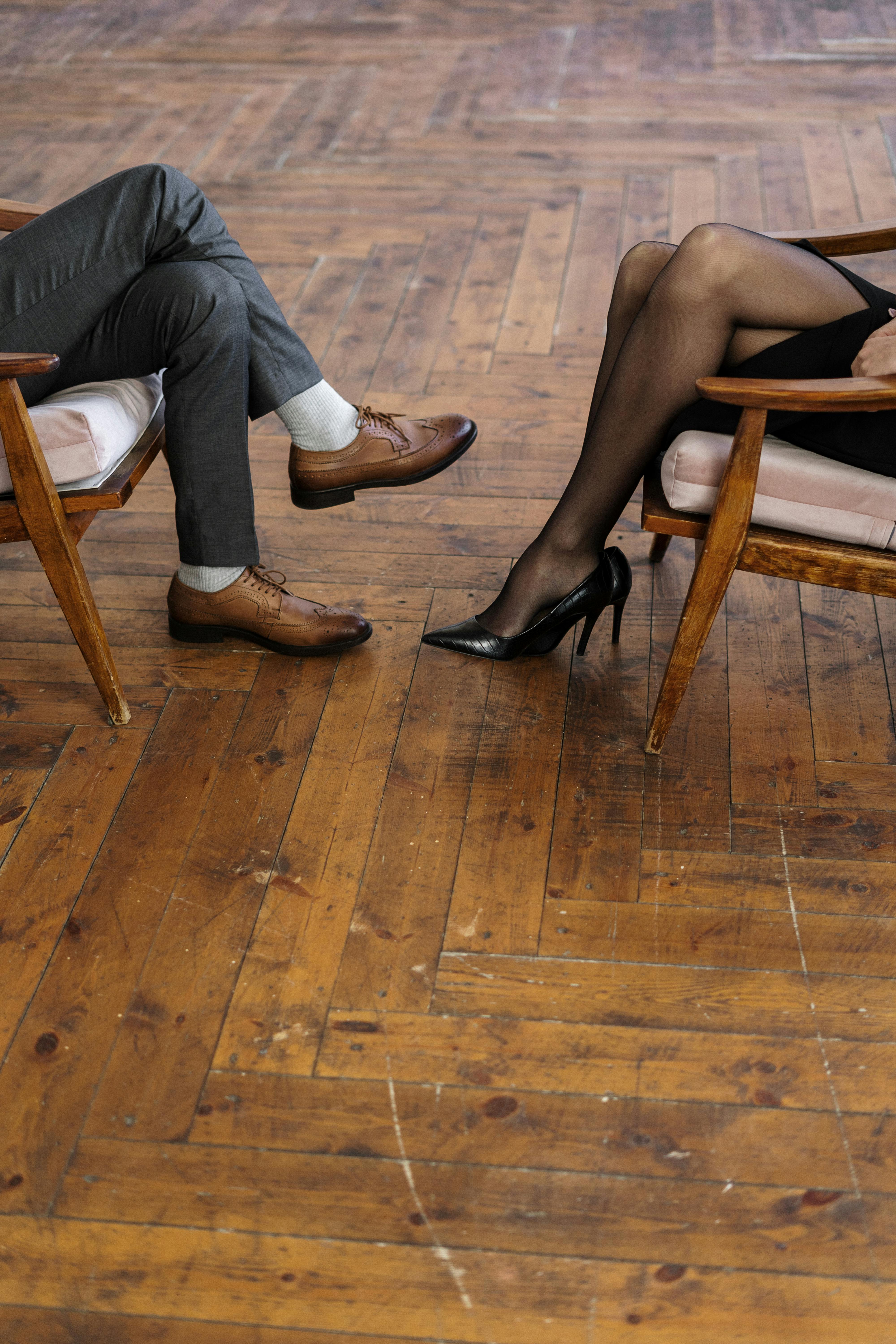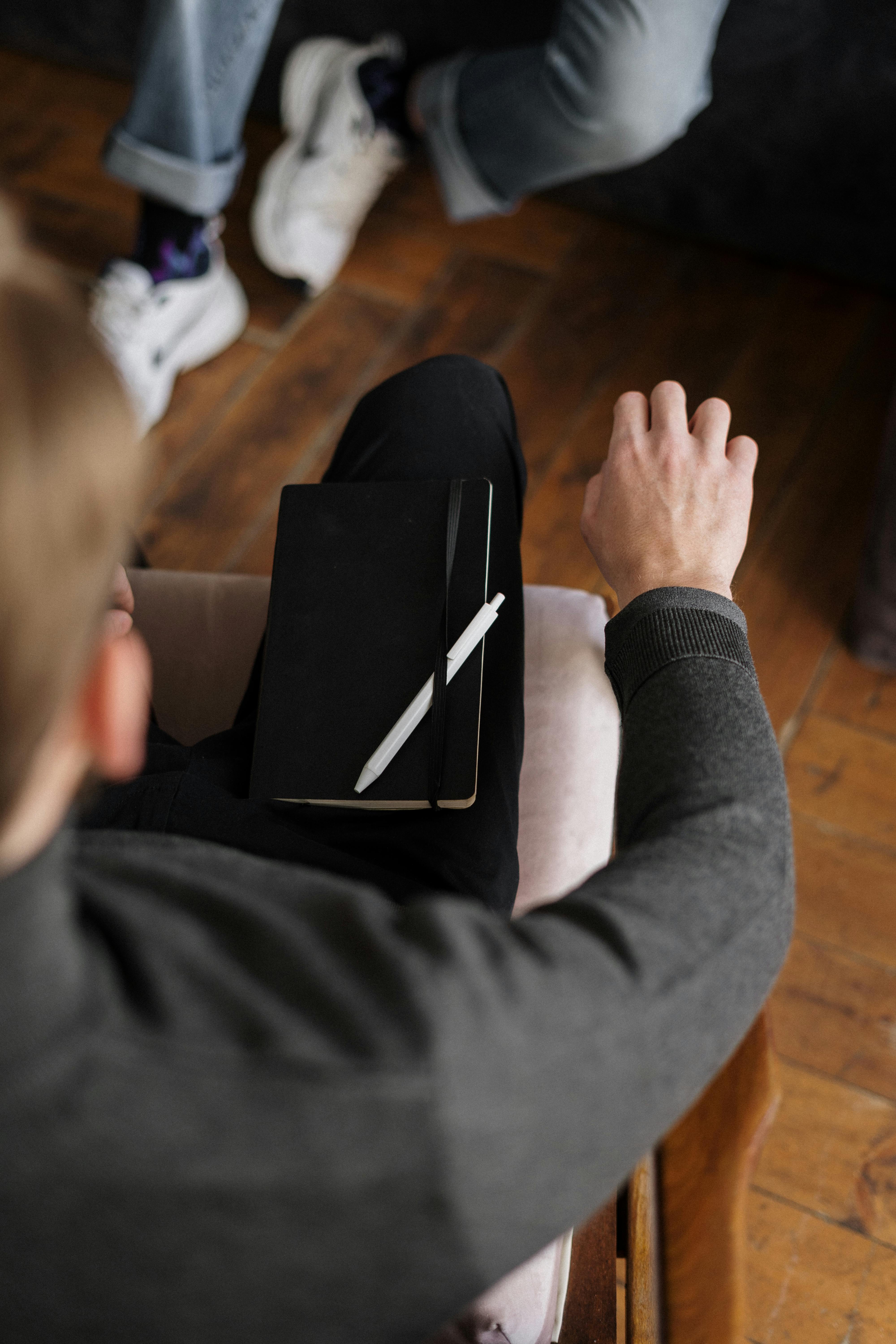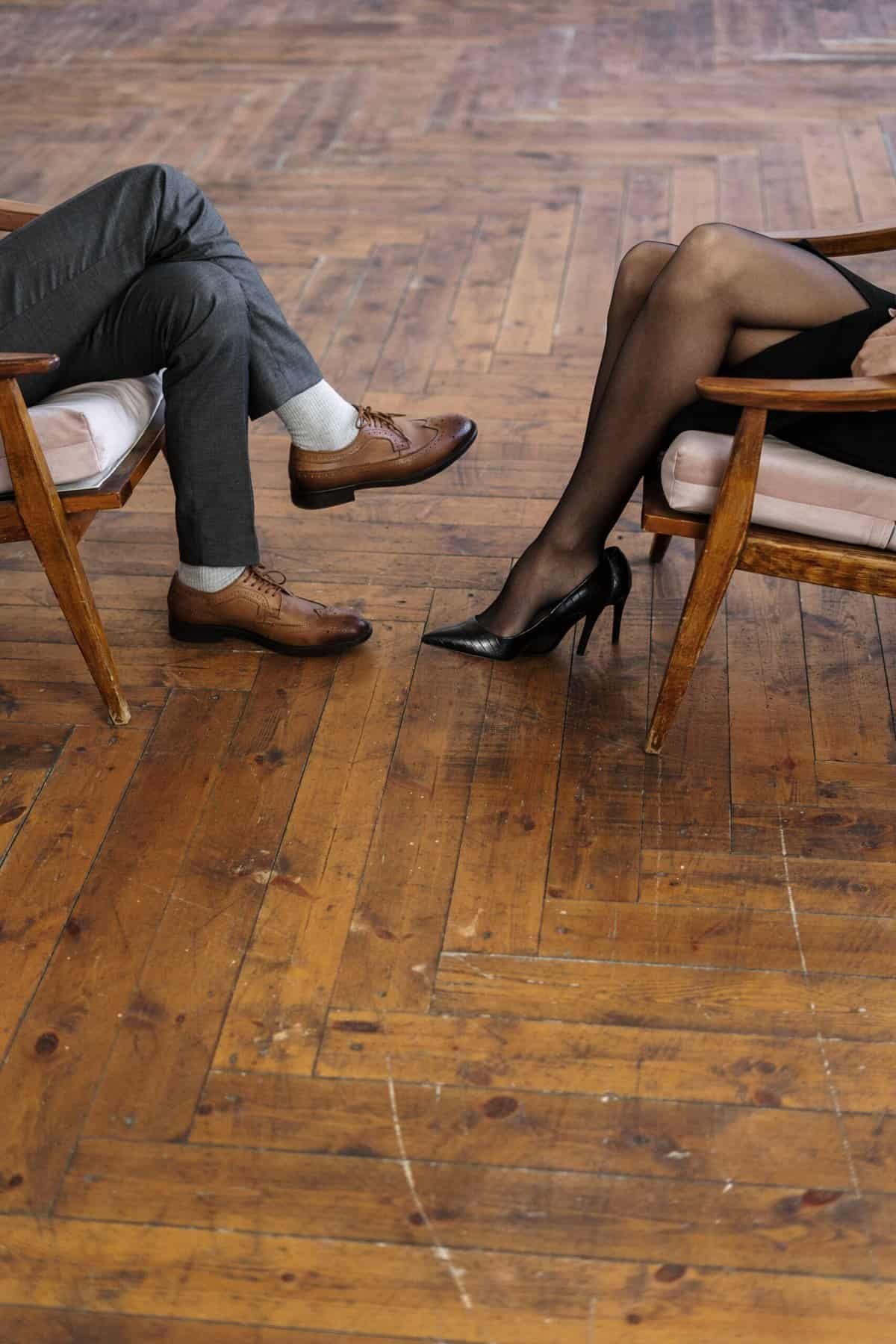Do you want to improve your skateboarding control? If so, you’re in the right place! In this article, we will explore the topic of specific exercises to strengthen your leg muscles and enhance your skateboarding skills. By targeting key muscle groups, you can boost your power, stability, and overall control on the board. Whether you’re a beginner or an experienced skateboarder looking to take your skills to new heights, read on to discover some effective exercises to incorporate into your training routine. Yes, there certainly are specific exercises that can help strengthen your leg muscles and improve your skateboarding control. By targeting the key leg muscles used in skateboarding, you can enhance your balance, power, and speed, while reducing the risk of injury. In this article, we will explore the benefits of strengthening leg muscles for skateboarding control, understand the key leg muscles involved, learn various exercises to target each muscle group, discuss the importance of flexibility and mobility, and discover how to incorporate leg exercises into your skateboarding training routine. Additionally, we will provide some additional tips for improving skateboarding control. So let’s dive in and explore how you can take your skateboarding skills to the next level!
Benefits of Strengthening Leg Muscles for Skateboarding Control
Improved Balance and Stability
Skateboarding requires a great deal of balance and stability, especially when performing tricks or maneuvers. By strengthening your leg muscles, you can improve your overall balance and stability on the skateboard. Strong leg muscles provide a solid foundation to support your body weight and maintain stability while riding or landing tricks.
Increased Power and Speed
Strong leg muscles play a crucial role in generating power and speed on a skateboard. When you have well-developed leg muscles, you can generate more force through your legs, allowing you to push off the ground with greater power. This translates into increased speed and acceleration, giving you an edge while navigating ramps, bowls, or performing street tricks.
Reduced Risk of Injury
Skateboarding can be physically demanding and puts a lot of stress on your legs. By strengthening your leg muscles, you can help prevent common skateboarding injuries such as sprains, strains, and muscle imbalances. Strong muscles provide better support and stability for your joints, reducing the risk of injury during jumps, landings, or sudden changes in direction.
Understanding the Key Leg Muscles Used in Skateboarding
To effectively strengthen your leg muscles for skateboarding control, it’s essential to understand which muscles are primarily involved in the sport. The key leg muscles used in skateboarding include the quadriceps, hamstrings, calves, and glutes. Let’s take a closer look at each of these muscle groups and their roles in skateboarding.
Quadriceps
The quadriceps, located at the front of your thighs, are one of the primary muscle groups involved in skateboarding. These muscles are responsible for extending your knee and providing power for jumps and pushes. Strengthening the quadriceps can improve your ability to perform tricks that require explosive leg movements, such as ollies or kickflips.
Hamstrings
The hamstrings, located at the back of your thighs, work in conjunction with the quadriceps to provide stability and power during skateboarding. These muscles are responsible for flexing your knee and hip, playing a vital role in controlling your leg movements while riding, landing, or performing tricks. Strong hamstrings can help enhance your overall strength and prevent imbalances that may lead to injuries.
Calves
The calf muscles, located at the back of your lower legs, are heavily utilized during skateboarding. These muscles power your jumps, absorb impacts during landings, and provide stability while riding. Strong calves can enhance your ability to perform tricks that require explosive jumping or provide better control during high-speed maneuvers.
Glutes
The glutes, comprised of the gluteus maximus, medius, and minimus, are the muscles in your buttocks. These muscles play a crucial role in stabilizing your hips, generating power, and maintaining balance during skateboarding. Strengthening the glutes can improve your overall stability, control, and endurance on the skateboard.

Exercises to Strengthen the Quadriceps
To target and strengthen your quadriceps, there are various exercises you can incorporate into your skateboarding training routine. These exercises focus on the extension of the knee joint and help build explosive leg power. Here are three effective exercises for strengthening your quadriceps:
Squats
Squats are a compound exercise that targets several muscles, including the quadriceps. Start by standing with your feet shoulder-width apart, and lower your hips down as if you are sitting into an imaginary chair. Keep your chest up, back straight, and knees aligned with your toes. Push through your heels to return to the starting position. Repeat for multiple sets and gradually increase the weight or resistance for progressive overload.
Lunges
Lunges are another great exercise for targeting the quadriceps. Start by standing with your feet hip-width apart. Take a step forward with your right foot and slowly lower your body until both knees are bent at a 90-degree angle. Push through your front heel to return to the starting position and repeat on the other side. Perform multiple sets of lunges to challenge your quadriceps and improve overall leg strength.
Leg Press
The leg press is a machine-based exercise that specifically targets the quadriceps. Sit on the leg press machine with your back against the backrest and your feet flat on the footplate. Push the weight away from you by extending your knees until your legs are straight but not locked. Slowly lower the weight back to the starting position. Adjust the weight accordingly to challenge your quadriceps and ensure proper form.
Exercises to Strengthen the Hamstrings
The hamstrings are critically important for skateboarding control as they provide stability and power during various movements. Here are three exercises that can effectively strengthen your hamstrings:
Deadlifts
Deadlifts are a compound exercise that primarily targets the hamstrings, along with other muscles in your posterior chain. Using a barbell or dumbbells, stand with your feet shoulder-width apart and the weight in front of your thighs. Hinge at your hips, keeping your back straight, and lower the weight down until it reaches mid-shin level. Push through your heels, engage your hamstrings, and return to a standing position. Gradually increase the weight as you progress to challenge your hamstrings.
Hamstring Curls
Hamstring curls are an excellent isolation exercise for targeting the hamstrings. Start by lying face down on a hamstring curl machine or stability ball. With your knees slightly bent, curl your legs up towards your glutes, engaging your hamstrings. Slowly return to the starting position and repeat for multiple sets. If using a stability ball, you can also perform hamstring curls by lying on your back with your feet on the ball and lifting your hips while curling your legs towards your glutes.
Good Mornings
Good mornings are a challenging exercise that targets both the lower back and hamstrings. Start by standing with your feet shoulder-width apart and a slight bend in your knees. Place your hands behind your head or across your chest. Hinge at your hips, keeping your back straight, and lower your torso forward until it’s parallel to the ground. Maintain tension in your hamstrings and glutes as you return to the starting position. Perform multiple sets of good mornings to strengthen your hamstrings and lower back.

Exercises to Strengthen the Calves
Strong calves are essential for providing power, stability, and shock absorption during skateboarding. Here are three exercises to help you strengthen your calves:
Calf Raises
Calf raises are a simple yet effective exercise for targeting the calves. Start by standing with your feet shoulder-width apart, and lift your heels off the ground as high as possible while keeping your knees straight. Hold for a moment at the top and slowly lower your heels back to the ground. You can perform calf raises with both feet simultaneously or alternate between each foot. To make it more challenging, you can do calf raises on an elevated surface like a step or a block.
Jump Rope
Jumping rope is not only a great cardiovascular exercise but also an effective way to strengthen your calves. Begin by jumping rope with both feet together and gradually increase the speed and intensity. As you jump, focus on pushing off the balls of your feet and using your calves to propel yourself off the ground. Incorporate different jumping techniques, such as single-leg jumps or alternating foot jumps, to further challenge your calves and improve their strength.
Running Uphill
Running uphill is a fantastic exercise for building calf strength and endurance. Find a hill or incline outdoors or use a treadmill with an incline setting. Start by running uphill at a moderate pace, focusing on pushing through the balls of your feet and utilizing your calves for propulsion. The uphill terrain adds resistance, forcing your calves to work harder, thereby increasing their strength and stamina.
Exercises to Strengthen the Glutes
The glutes are one of the largest muscle groups in the body and play a vital role in skateboarding control. Strengthening the glutes can improve your stability, power, and overall performance on the skateboard. Here are three exercises specifically targeting the glutes:
Bridges
Bridges are a simple yet effective exercise for targeting the glutes. Begin by lying on your back with your knees bent and feet flat on the ground. Engage your glutes and lift your hips off the ground until your body forms a straight line from your knees to your shoulders. Hold the position for a moment and slowly lower your hips back to the ground. Repeat for multiple sets, gradually increasing the difficulty by elevating your feet or adding resistance.
Clamshells
Clamshells are a great exercise for targeting the gluteus medius, a muscle located on the side of your butt. Start by lying on your side with your legs bent and stacked on top of each other. Keeping your feet together, lift your top knee while keeping your feet in contact. Lower your knee back down and repeat for multiple sets. To add resistance, you can place a resistance band around your thighs or use ankle weights.
Hip Thrusts
Hip thrusts are a highly effective exercise for targeting the glutes and strengthening the posterior chain. Begin by sitting on the ground with your upper back against a bench or box. Place a barbell or a weight across your hips, just below your pelvis. Rest your feet flat on the ground with your knees bent. Engage your glutes and push through your heels, lifting your hips off the ground until your body forms a straight line from your knees to your shoulders. Hold for a moment, then slowly lower your hips back down and repeat for multiple sets. Make sure to use proper form and increase the weight gradually for progressive overload.

Functional Exercises for Skateboarding Control
In addition to targeting specific leg muscles, incorporating functional exercises into your skateboarding training routine can greatly improve your overall control and performance on the skateboard. These exercises mimic the movements and challenges you will encounter while skateboarding. Here are some functional exercises to consider:
Balance Board Exercises
Using a balance board is an excellent way to improve balance, stability, and proprioception, all of which are critical for skateboarding control. Stand on the balance board with one foot, or both feet if you prefer. Start by simply balancing on the board and gradually progress to more challenging exercises, such as squats or jumps while maintaining balance. As you develop better balance and stability, you’ll feel more confident and in control while skateboarding.
Plyometric Exercises
Plyometric exercises are explosive movements that can improve power, agility, and coordination, all of which are crucial for skateboarding. Incorporate exercises like box jumps, lateral jumps, or depth jumps into your training routine. These exercises engage multiple leg muscles simultaneously and help replicate the explosive movements required in skateboarding, such as jumping onto or off obstacles.
Single-Leg Squats
Single-leg squats, also known as pistol squats, are an excellent functional exercise for skateboarding control. Stand on one leg with the other leg extended in front of you. Perform a squat by bending the knee of the standing leg and lowering your body down. Keep your chest up and your knee aligned with your toes. Push through your heel to return to the starting position. Single-leg squats improve balance, stability, and leg strength. As you progress, you can add weights or increase the depth of the squat for added challenge.
Importance of Flexibility and Mobility
While strengthening your leg muscles is essential for skateboarding control, it’s equally important to focus on flexibility and mobility. Having adequate flexibility and mobility in your joints and muscles can improve your range of motion, enhance performance, and reduce the risk of injuries. Here are some key components to consider:
Stretching Exercises
Incorporate stretching exercises into your warm-up and cool-down routines to improve flexibility. Perform dynamic stretches before your skateboarding sessions to warm up the muscles and increase blood flow. Static stretches after your workouts can help improve overall flexibility and prevent muscle tightness. Pay attention to stretching your quadriceps, hamstrings, calves, and glutes to maintain balanced flexibility throughout your legs.
Foam Rolling
Foam rolling, also known as self-myofascial release, is a technique used to release muscle tension and increase mobility. By applying pressure to specific areas using a foam roller or a massage ball, you can help alleviate muscle knots and tightness. Foam rolling can be especially beneficial for the quadriceps, hamstrings, calves, and glutes. Incorporate foam rolling into your recovery routine to optimize muscle health and aid in post-workout soreness.
Yoga or Pilates
Yoga and Pilates are excellent practices for improving flexibility, balance, and body awareness. These disciplines incorporate both stretching and strength-building exercises, making them ideal for skateboarders. Many yoga and Pilates poses target the leg muscles, core, and overall body stability, supporting your skateboarding control. Consider attending regular yoga or Pilates classes or following online tutorials specifically designed for skateboarders.

Incorporating Leg Exercises into a Skateboarding Training Routine
To maximize the benefits of strengthening your leg muscles for skateboarding control, it’s important to incorporate leg exercises into your overall training routine. By structuring your workouts effectively, you can ensure balanced muscle development and progress steadily towards your skateboarding goals. Here’s how you can structure your training routine:
Warm-up Exercises
Before intense skateboarding or leg workouts, warm-up exercises are essential to prepare your muscles for action. Incorporate dynamic stretches, such as leg swings, walking lunges, or jogging in place, to increase blood flow and warm up your leg muscles. Additionally, perform mobility exercises to improve joint range of motion, such as ankle circles, hip rotations, or knee hugs.
Strength Training Workouts
Dedicate specific days of the week to target different leg muscle groups using the exercises mentioned earlier. For example, one day can focus on quadriceps and hamstrings, while another day can focus on calves and glutes. Begin with compound exercises, such as squats or deadlifts, to target multiple muscles simultaneously. Follow these with isolation exercises, such as lunges or hamstring curls, to further target and strengthen specific muscle groups. Perform multiple sets and repetitions according to your fitness level, gradually increasing the weight or resistance as you progress.
Cooldown and Recovery Exercises
After intense leg workouts or skateboarding sessions, it’s important to cool down and aid your recovery. Perform static stretches for each leg muscle group, focusing on gentle, sustained stretches to improve flexibility and relieve muscle tension. Additionally, utilize foam rolling techniques on the targeted leg muscles to release any knots or tightness. This cooldown routine can help prevent muscle soreness and improve blood flow, supporting your body’s recovery process.
Additional Tips for Improving Skateboarding Control
In addition to strengthening your leg muscles and incorporating leg exercises into your training routine, there are several other factors to consider for overall skateboarding control. Paying attention to these additional tips can further enhance your skateboarding performance:
Proper Nutrition and Hydration
Maintaining a healthy and balanced diet is important for optimal muscle function and recovery. Ensure that you’re consuming enough calories, protein, and nutrients to support your physical activity. Hydration is also essential, as it aids in muscle function, joint lubrication, and overall performance. Drink plenty of water before, during, and after skateboarding or workouts to stay properly hydrated.
Rest and Recovery
Allowing your body sufficient time to rest and recover is crucial for muscle growth and injury prevention. Incorporate rest days into your training routine to give your muscles time to repair and grow stronger. Listen to your body and prioritize quality sleep to aid in the recovery process. Pushing yourself too hard without adequate rest can lead to overuse injuries and hinder progress.
Progressive Overload
To continue making progress and challenging your leg muscles, it’s important to gradually increase the weight, resistance, or intensity of your exercises. This concept, known as progressive overload, ensures that your muscles are consistently adapting and getting stronger. Monitor your progress, increase the load incrementally, and embrace new challenges to keep pushing your skateboarding control to new heights.
In conclusion, strengthening your leg muscles is paramount for improving skateboarding control. By targeting the quadriceps, hamstrings, calves, and glutes through specific exercises, you can enhance your balance, power, and stability on the skateboard. Additionally, incorporating functional exercises, focusing on flexibility and mobility, and structuring your training routine effectively will further optimize your skateboarding performance. By following these tips and approaches, you’ll be well on your way to mastering your skateboarding skills and enjoying the benefits of strengthened leg muscles for better control and overall enjoyment of the sport.

